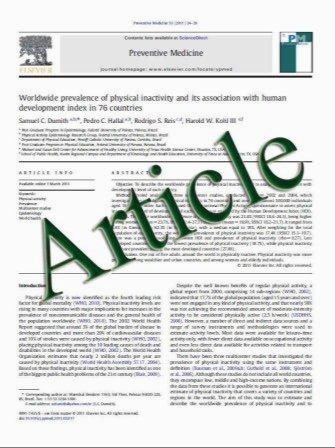Breaking the fragility fracture cycle
- نوع فایل : کتاب
- زبان : انگلیسی
- مؤلف : C. Cooper & P. Mitchell & J. A. Kanis
- چاپ و سال / کشور: 2011
Description
Fracture begets fracture. This phenomenon has been wellcharacterised in many prospective studies and summarised by meta-analyses [1, 2]; a prior fracture at least doubles a patient’s future fracture risk. Elevated fracture risk persists for up to 10 years after the initial fracture event [3] and is greatest during the first year after this [4]. Several studies have explored this phenomenon from the obverse view of fracture history in patients presenting to hospital with a hip fracture. In 1980, Gallagher and colleagues reported prior fracture history amongst patients presenting with hip fracture in Rochester, USA for the period 1965–1974 [5]. Sixty-eight percent of women and 59% of men had suffered at least one other fracture besides their hip fracture. More recent studies from the UK [6], USA [7] and Australia [8] have consistently reported that 45% or more of today’s hip fracture patients have a prior fracture history. These epidemiological data reveal a stark truth; almost half of hip fracture patients provide us with an obvious opportunity for preventive intervention. Tragically, numerous studies from across the world have found that healthcare systems are failing to respond to the first fracture to prevent the second [9, 10]. This special issue of Osteoporosis International focuses on post-fracture coordinatorbased models that have been shown to close the secondary prevention management gap. The systematic review conducted by Sale and colleagues [11] considered published models of case-finding systems in the orthopaedic environment. The reviewers sought to evaluate the structure, protocols, staffing and outcomes of different models and categorise them by the key elements present in each program. Sixty-five percent formally described the role of a dedicated coordinator who identified patients, facilitated BMD testing and the initiation of osteoporosis treatment. A clear message is that coordinator-based models circumvent the challenge of where clinical responsibility resides for osteoporosis care of the fragility fracture patient
Osteoporos Int (2011) 22:2049–2050 DOI 10.1007/s00198-011-1643-9 Received: 21 February 2011 / Accepted: 13 April 2011 / Published online: 24 May 2011


